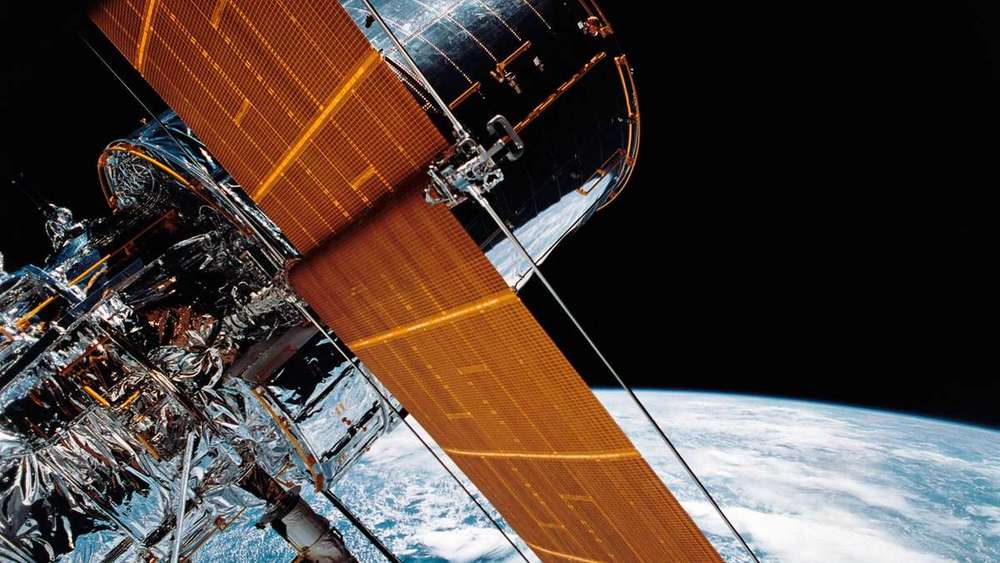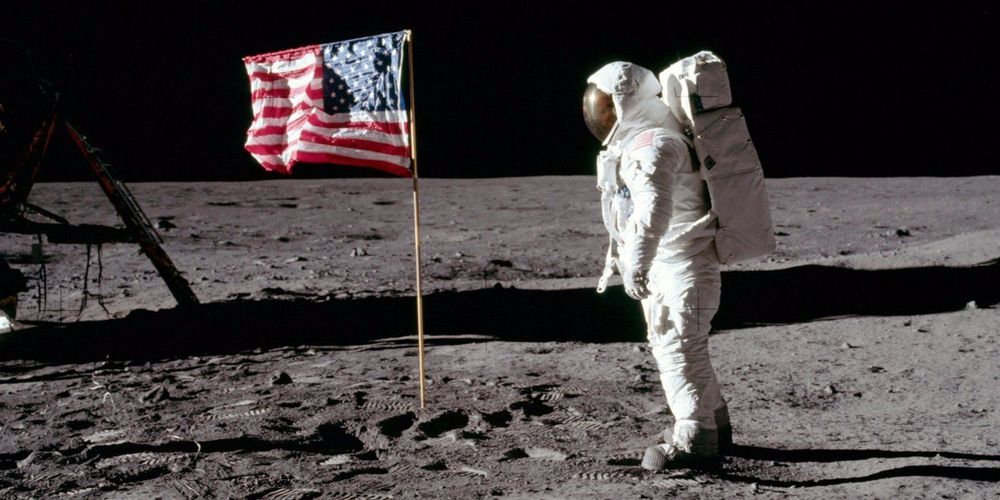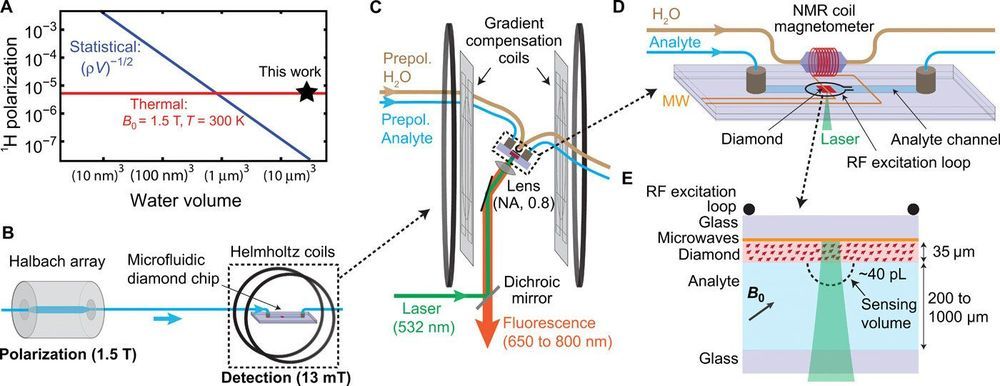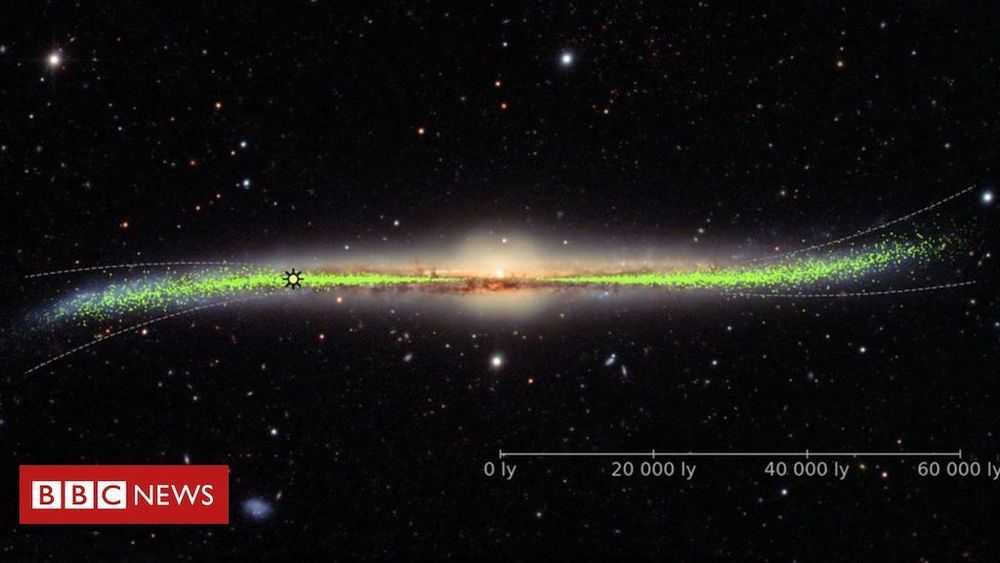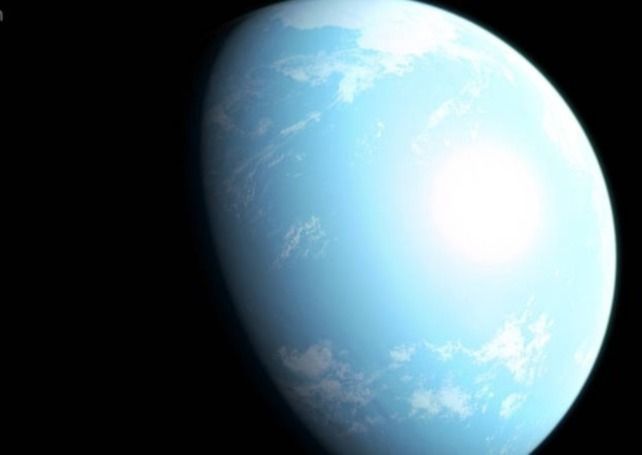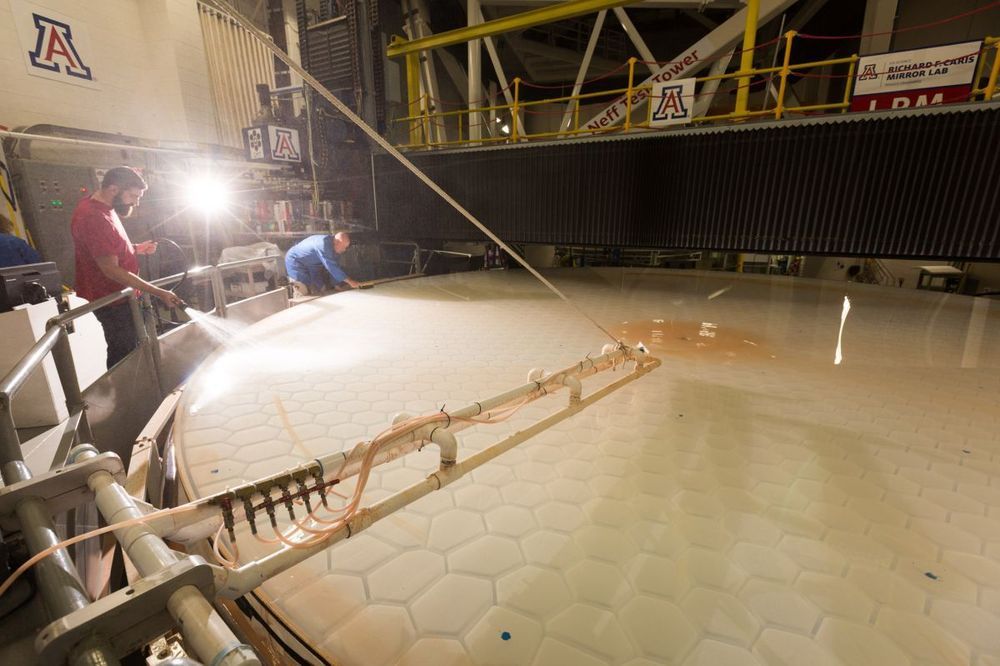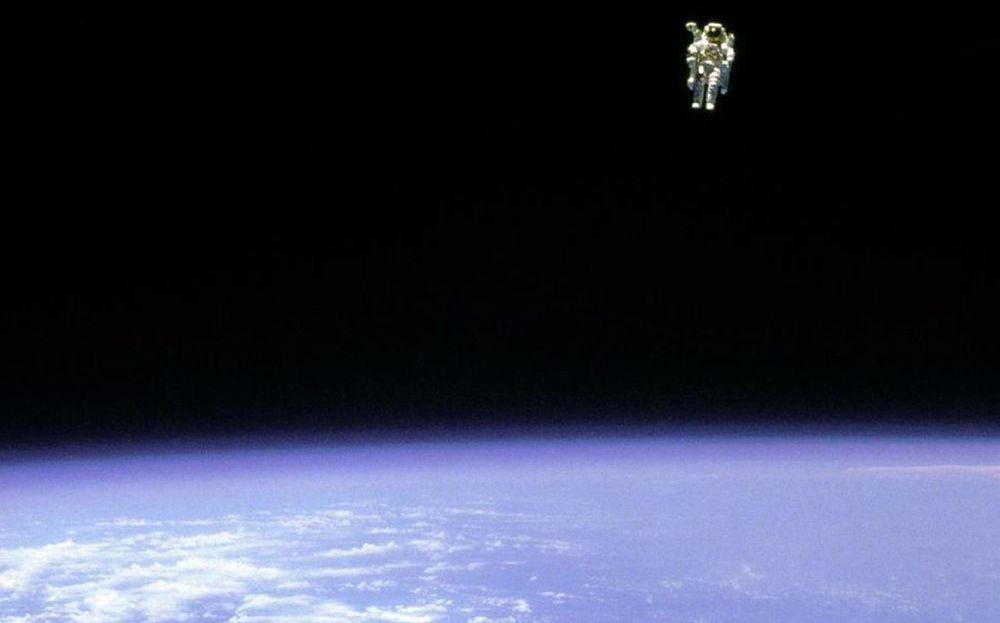The phenomenon known as “tunneling” is one of the best-known predictions of quantum physics, because it so dramatically confounds our classical intuition for how objects ought to behave. If you create a narrow region of space that a particle would have to have a relatively high energy to enter, classical reasoning tells us that low-energy particles heading toward that region should reflect off the boundary with 100% probability. Instead, there is a tiny chance of finding those particles on the far side of the region, with no loss of energy. It’s as if they simply evaded the “barrier” region by making a “tunnel” through it.
It’s very important to note that this phenomenon is absolutely and unquestionably real, demonstrated in countless ways. The most dramatic of these is sunlight— the Sun wouldn’t be able to fuse hydrogen into helium without quantum tunneling— but it’s also got more down-to-earth technological applications. Tunneling serves as the basis for Scanning Tunneling Microscopy, which uses the tunneling of electrons across a tiny gap between a sharp tip and a surface to produce maps of that surface that can readily resolve single atoms. It’s also essential for the Josephson effect, which is the basis of superconducting detectors of magnetic fields and some of the superconducting systems proposed for quantum computing.
So, there is absolutely no debate among physicists about whether quantum tunneling is a thing that happens. Physicists get a bit twitchy without something to argue over, though, and you don’t have to dig into tunneling (heh) very far to find a disputed question, namely “How long does quantum tunneling take?”
